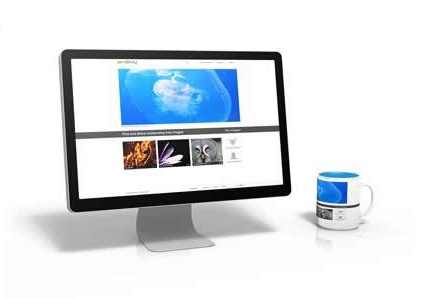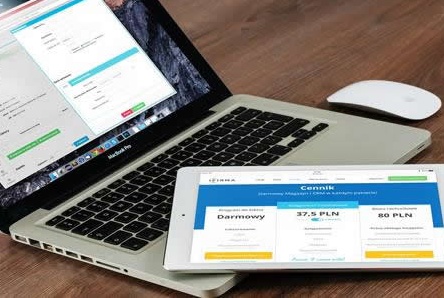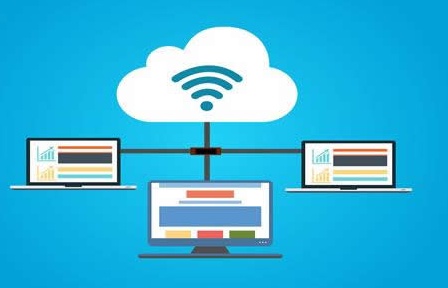Vue3组件通信全攻略:8种传值方式详解
- 互联网
- 2025-09-10 03:30:01

前言
在Vue3开发中,组件通信是构建复杂应用的核心技能。本文将全面讲解Vue3支持的8种组件传值方式,助你轻松应对各种场景!
一、Props父传子
适用场景:父组件向直接子组件传递数据
<!-- 父组件 --> <template> <Child :title="parentTitle" /> </template> <script setup> import Child from './Child.vue' const parentTitle = "来自父组件的消息" </script> <!-- 子组件Child.vue --> <template> <h2>{{ title }}</h2> </template> <script setup> // Options API写法 // export default { // props: ['title'] // } // Composition API写法 const props = defineProps({ title: { type: String, default: '默认标题' } }) </script>二、自定义事件子传父
适用场景:子组件向父组件传递数据
<!-- 子组件 --> <template> <button @click="sendMessage">发送消息</button> </template> <script setup> const emit = defineEmits(['message-sent']) const sendMessage = () => { emit('message-sent', '子组件的数据') } </script> <!-- 父组件 --> <template> <Child @message-sent="handleMessage" /> </template> <script setup> const handleMessage = (msg) => { console.log(msg) // 输出:子组件的数据 } </script>三、v-model双向绑定
Vue3新特性:支持多个v-model绑定
<!-- 父组件 --> <template> <Child v-model:title="pageTitle" v-model:content="pageContent" /> </template> <!-- 子组件 --> <template> <input :value="title" @input="$emit('update:title', $event.target.value)" > <textarea :value="content" @input="$emit('update:content', $event.target.value)" > </template> <script setup> defineProps(['title', 'content']) defineEmits(['update:title', 'update:content']) </script>四、Ref获取组件实例
适用场景:父组件直接调用子组件方法
<!-- 父组件 --> <template> <Child ref="childRef" /> <button @click="callChildMethod">调用子组件</button> </template> <script setup> import { ref } from 'vue' const childRef = ref(null) const callChildMethod = () => { childRef.value.childMethod() } </script> <!-- 子组件 --> <script setup> const childMethod = () => { console.log('子组件方法被调用') } // 需暴露方法给父组件 defineExpose({ childMethod }) </script>五、Provide/Inject依赖注入
适用场景:跨层级组件通信
<!-- 祖先组件 --> <script setup> import { provide } from 'vue' provide('globalColor', 'red') </script> <!-- 任意后代组件 --> <script setup> import { inject } from 'vue' const color = inject('globalColor', 'blue') // 默认值blue </script>六、事件总线(Event Bus)
Vue3实现方式:需借助第三方库(推荐mitt)
// eventBus.js import mitt from 'mitt' export const emitter = mitt() // 组件A发送事件 emitter.emit('custom-event', data) // 组件B监听事件 emitter.on('custom-event', (data) => { // 处理数据 })七、Pinia状态管理
推荐方案:Vue官方新一代状态管理工具
// store/counter.js export const useCounterStore = defineStore('counter', { state: () => ({ count: 0 }), actions: { increment() { this.count++ } } }) // 组件中使用 import { useCounterStore } from './store/counter' const counter = useCounterStore() console.log(counter.count) // 0 counter.increment()八、LocalStorage/SessionStorage
适用场景:持久化数据存储
// 存储 localStorage.setItem('user', JSON.stringify(userData)) // 读取 const user = JSON.parse(localStorage.getItem('user'))方法对比 方式适用场景数据流向复杂度Props父子组件父→子★☆☆自定义事件父子组件子→父★☆☆v-model父子双向绑定双向★★☆Provide/Inject跨层级组件祖先→后代★★☆Pinia复杂应用/多组件共享状态任意方向★★★事件总线任意组件(简单场景)任意方向★★☆
最佳实践建议:
优先使用Props/Events处理直接父子通信深层嵌套组件使用Provide/Inject复杂应用建议采用Pinia状态管理慎用事件总线,避免难以维护的事件链表单场景优先考虑v-model双向绑定扩展思考:如何选择通信方式?
根据组件层级关系考虑数据流动频率评估应用复杂度关注数据持久化需求希望这篇指南能帮助你在Vue3开发中游刃有余地处理组件通信!如果有任何疑问,欢迎在评论区留言讨论!
下一篇预告:《Vue3 Composition API深度解析》欢迎关注!
Vue3组件通信全攻略:8种传值方式详解由讯客互联互联网栏目发布,感谢您对讯客互联的认可,以及对我们原创作品以及文章的青睐,非常欢迎各位朋友分享到个人网站或者朋友圈,但转载请说明文章出处“Vue3组件通信全攻略:8种传值方式详解”





















